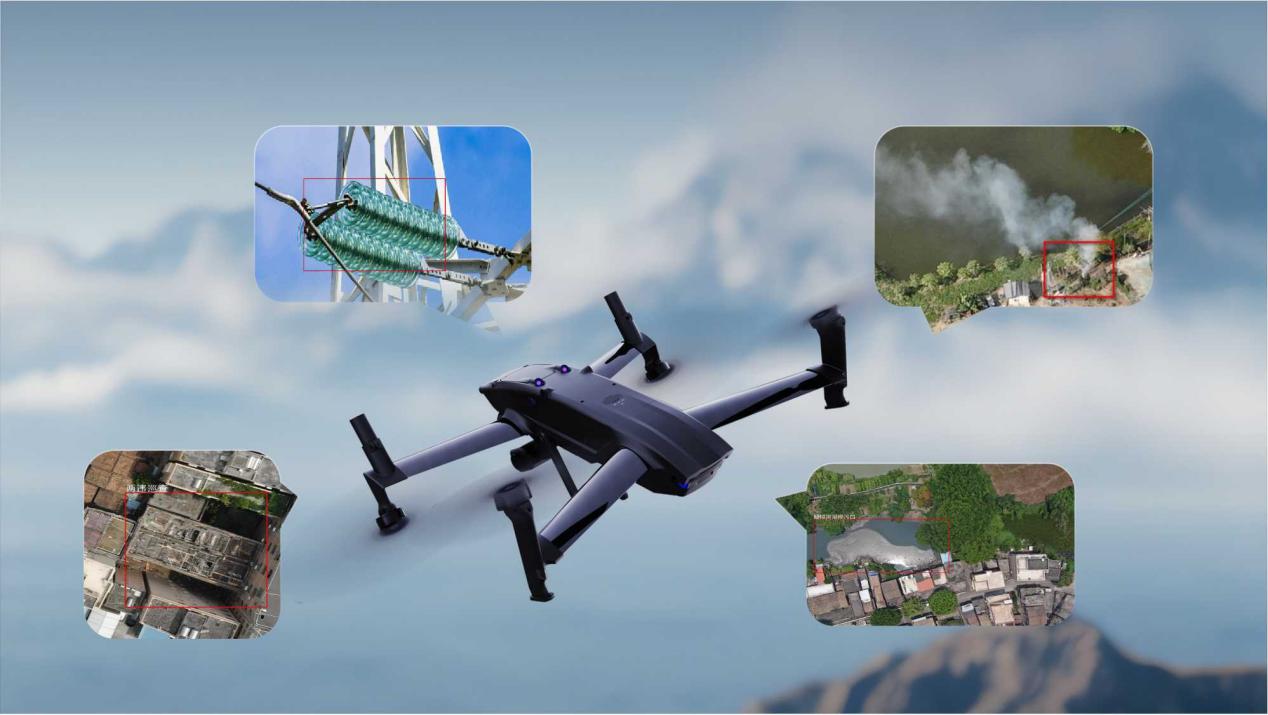
With the rapid development of technology, artificial intelligence (AI) and machine learning (ML) technologies are changing our world at an unprecedented speed. In the military field, this change is particularly significant. The US Department of Defense and the Japanese Ministry of Defense have agreed to combine AI and ML with advanced drones, a decision that will undoubtedly have a profound impact on the future form of warfare.
The combination of AI and drones will make future wars more intelligent and unmanned. Drones are no longer just simple reconnaissance and strike tools, but have become "intelligent warriors" capable of autonomous decision-making and collaborative operations. For example, drone swarm combat has become an important aerial combat style, where a large number of small, inexpensive, and intelligent drones collaborate in a swarm to carry out operations, enabling rapid reconnaissance, precise strikes, and sustained suppression of enemy targets. This combat method not only improves combat efficiency, but also greatly reduces the risk of casualties.
The combination of AI and drones will greatly expand the combat space. Drones can perform high-risk missions for long periods of time and with high intensity, reaching restricted areas such as space, deep sea, high altitude, and nuclear, biological, and chemical pollution. These areas were once blind spots in traditional warfare, but now they have become new battlefields for drone warfare. With the support of AI, drones can autonomously plan flight routes, identify obstacles, and automatically adjust their flight status, thereby achieving precise strikes and continuous monitoring of enemy targets.
The combination of AI and drones will significantly improve combat effectiveness. Drones can cooperate with various military branches to participate in various tasks, such as fire support, battlefield reconnaissance, electronic warfare, communication relay, and guided strikes. Through precise control by AI, drones can achieve combat concepts such as "zero casualties," "non-contact," and "targeted clearance," and be used to strike important military facilities or carry out "decapitation" operations. In addition, AI can also assist drones in intelligence gathering, target recognition, and threat assessment, thereby improving the accuracy and efficiency of operations.
Compared to manned combat aircraft or other expensive weapons, drones are usually cheaper in cost and can achieve better combat effectiveness. The combination of AI and drones will further reduce combat costs. Through AI's autonomous control and optimization algorithms, drones can perform tasks more efficiently and reduce unnecessary resource waste. In addition, AI can also assist drones in fault diagnosis and repair prediction, thereby reducing maintenance costs.
However, the combination of AI and drones has also brought a series of ethical and legal challenges. Firstly, the legality of drone strikes has become a highly concerned issue. How to ensure the legitimacy of combat operations without direct personnel involvement? How to avoid potential threats to civilians? These issues require the international community to jointly discuss and formulate relevant legal norms. Secondly, the autonomous decision-making ability of AI also brings ethical concerns. Who should be held responsible for any misjudgment or accidental injury caused by drones during combat? These issues require us to conduct in-depth discussions and solutions from multiple perspectives such as technology, ethics, and law.
With the continuous development of AI and drone technology, the future form of warfare will undergo disruptive changes. Drones will become the main force on the battlefield, and AI will become the "brain" of drones, commanding and controlling the entire combat process. However, we should also recognize that this change has brought many challenges and risks. Therefore, we need to strengthen international cooperation and jointly develop relevant legal norms and ethical guidelines to ensure the healthy development of AI and drone technology. At the same time, we also need to strengthen technological research and innovation, continuously improve the performance and intelligence level of drones, and make full preparations for future wars.
In short, the combination of AI and drones will be one of the important trends in future warfare. It will change the form of warfare, expand the combat space, improve combat effectiveness, and bring a series of ethical and legal challenges. We need to face these challenges and risks, strengthen international cooperation and technological research and development, to ensure that future wars can develop towards a more intelligent, unmanned, and humane direction.

Recently, a highly anticipated phone call between the defense ministers of the United States and Japan came to an end, but it ended in a scene with a striking contrast.
Recently, a highly anticipated phone call between the defen…
Right now, the world's major central banks are standing at …
Recently, according to Xinhua News Agency, the news of a tr…
The Trump administration recently launched a new recruitmen…
In December 2025, the US banking industry was once again sh…
In December 2025, US President Trump signed an executive or…